Macrolepiota procera The Ultimate Mushroom Guide
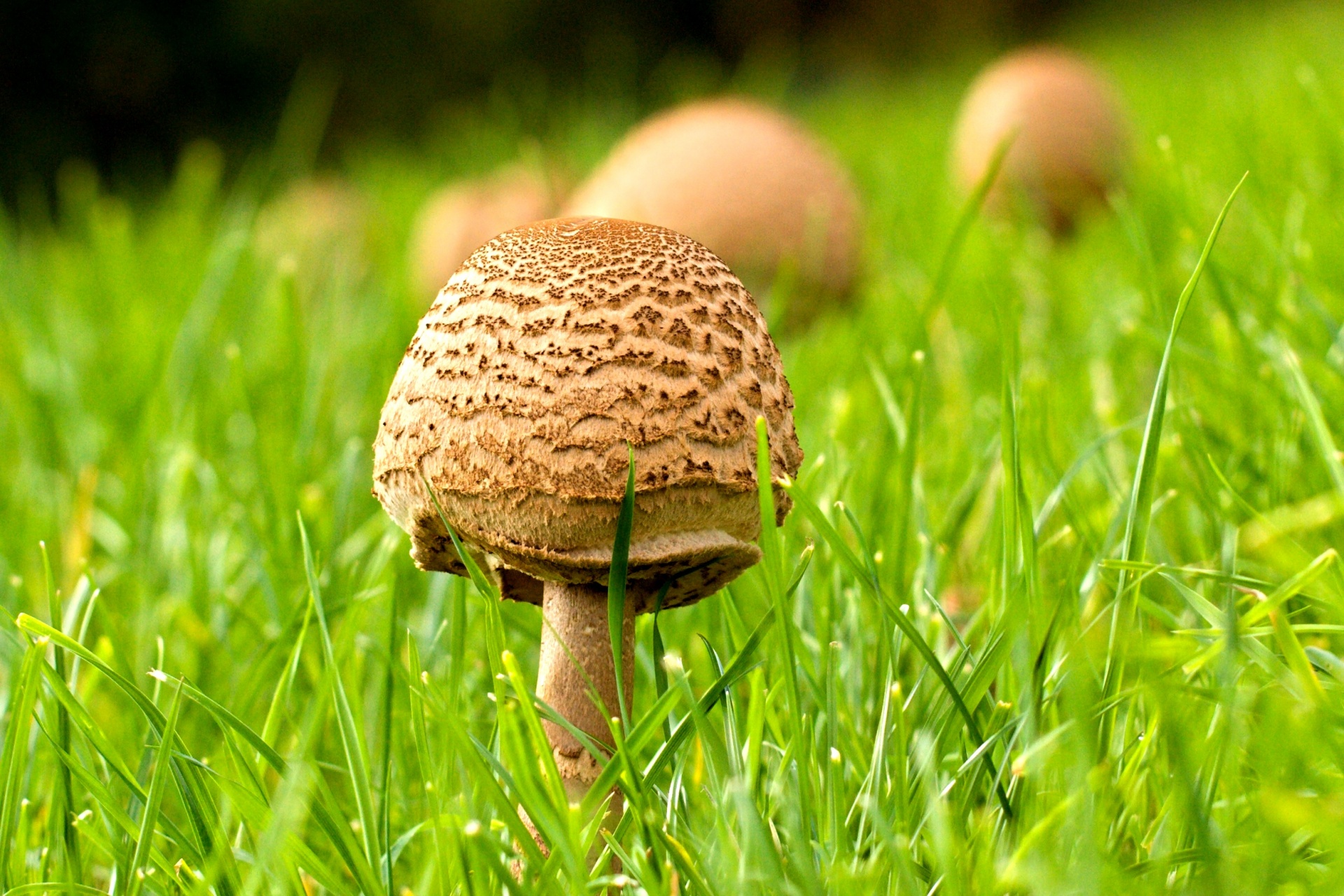
Macrolepiota Procera Free Stock Photo Public Domain Pictures
The name Macrolepiota prominens is popularly applied in Québec and in the northeastern United States to a procera -like species that is slightly smaller than the average North American parasol, and lacks the contrasting brown bands of fibrils and scales on the stem.

Macrolepiota procera
Protein: 3.3 grams Fat: 0.3 grams Carbohydrates: 1.5 grams Fiber: 0.8 grams Vitamins: Vitamin B1 (Thiamin): 0.08 mg (7% of the daily recommended intake) Vitamin B2 (Riboflavin): 0.31 mg (24% of the daily recommended intake) Vitamin B3 (Niacin): 4.6 mg (29% of the daily recommended intake)

Parasol mushrooms (Macrolepiota procera / Lepiota procera) in Stock Photo, Royalty Free Image
The Macrolepiota procera, commonly known as the parasol mushroom, is a fascinating edible mushroom that has captured the attention of mushroom enthusiasts and chefs alike. This distinctive mushroom belongs to the basidiomycete fungus family and is characterized by its large, umbrella-shaped cap. If you're interested in mushroom identification or exploring the culinary potential of edible

Macrolepiota procera The Ultimate Mushroom Guide
The parasol mushroom, Macrolepiota procera[i], is a favorite edible species in the British Isles and in Europe, due to its excellent taste, large size (some caps are a foot across at maturity), and the fact that this species has few European look-alikes.
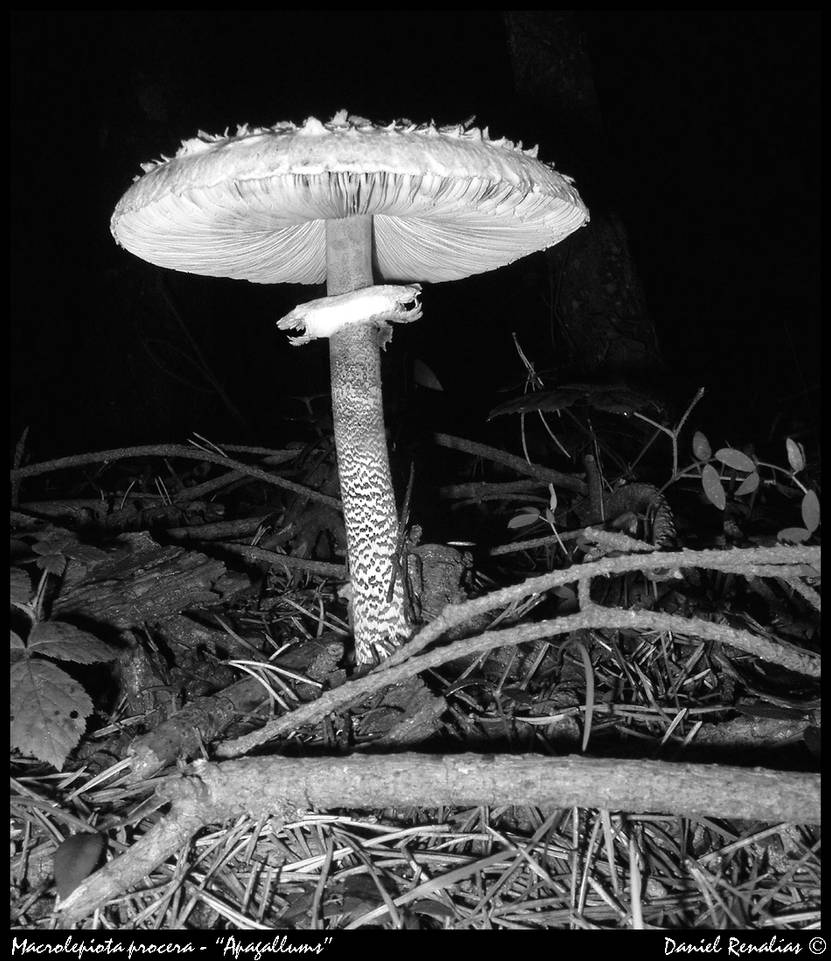
Macrolepiota procera by MushroomHunters on DeviantArt
Macrolepiota procera can be differentiated from C. rhacodes by a brown and white serpentine pattern that appears on its stalk. Furthermore, specimens of M. procera are often larger than C. Rhacodes. Mushrooms from the poisonous genus of Lepiota may also be mixed up with Chlorophyllum rhacodes.

Macrolepiota Procera JuzaPhoto
The Parasol, Macrolepiota procera. A great tasting, easy to identify mushroom that is large enough to spot from afar. Watch our videos on YouTube Please note that each and every mushroom you come across may vary in appearance to these photos. Cap Tan. Round and bulbous when young even when the mushroom is up to 20 cm high.
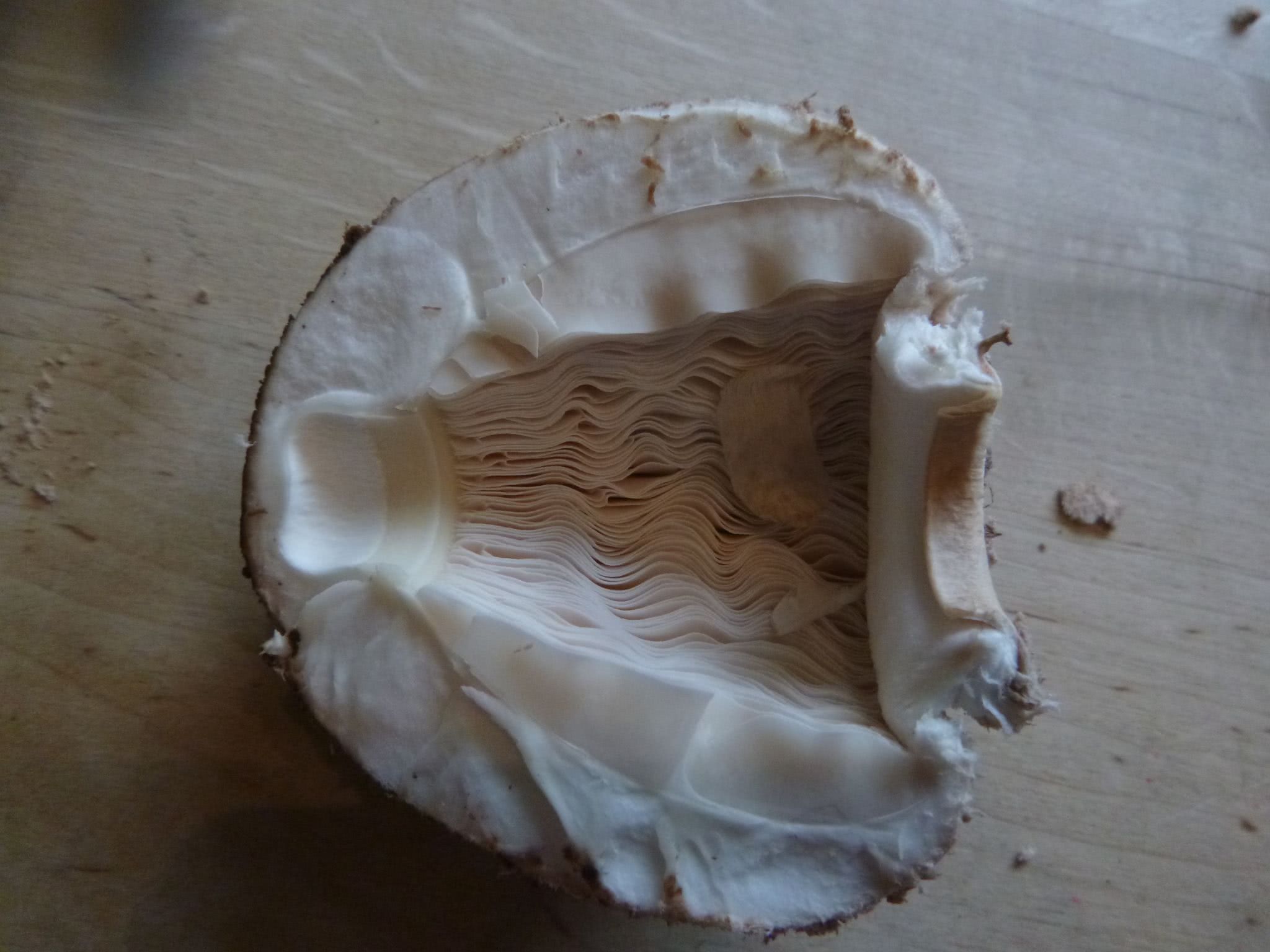
Macrolepiota procera The Ultimate Mushroom Guide
Macrolepiota procera Mushroom Look-Alikes; Macrolepiota procera Taxonomy and Etymology; Important Mushroom Background Information. Macrolepiota procera is a spectacularly large, distinctive, pale brownish mushroom that has a scaly cap, white gills, and a pale brownish stem with a snakeskin pattern and ring. It grows solitary, scattered, or.
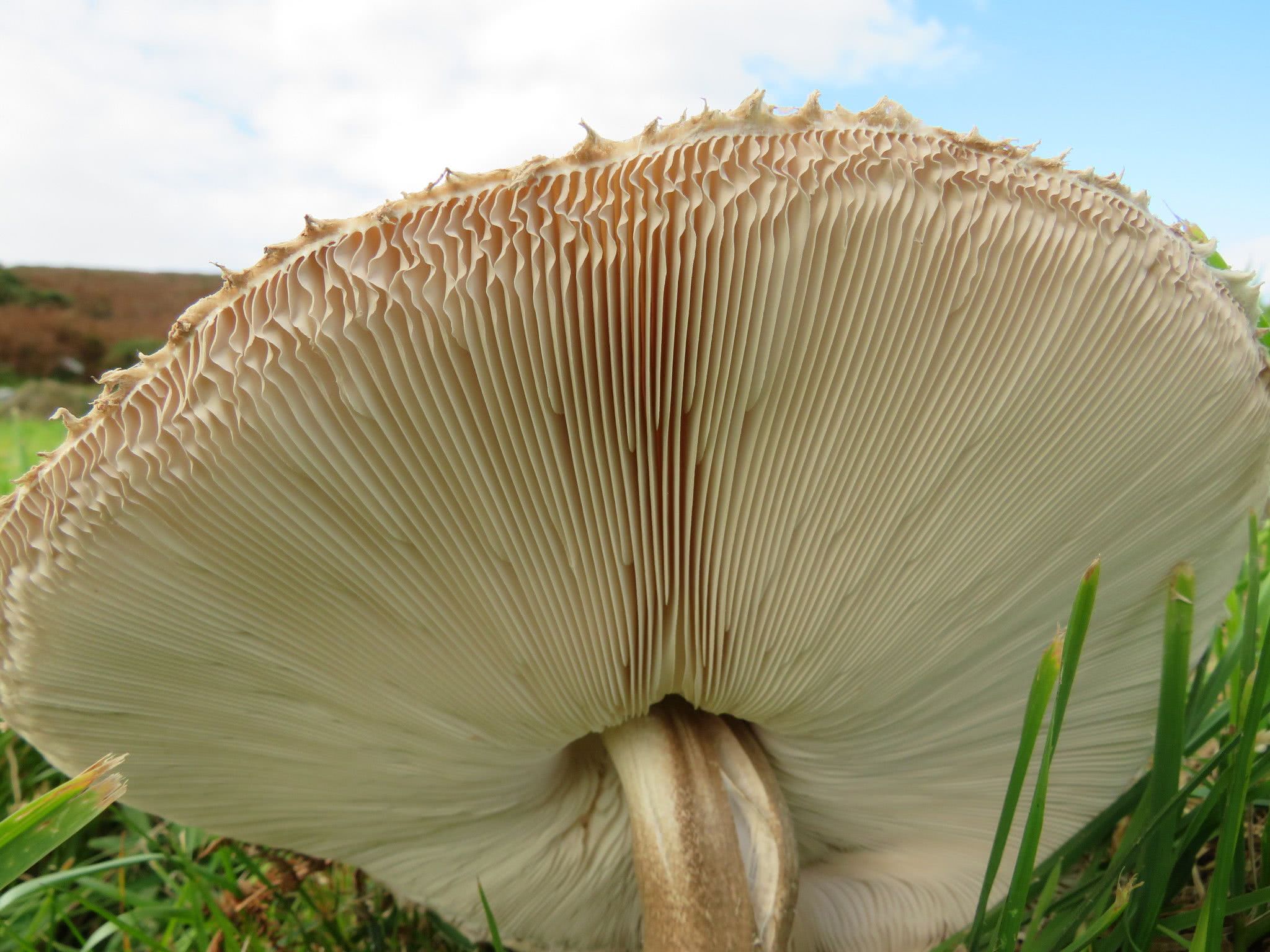
Macrolepiota procera The Ultimate Mushroom Guide
The parasol mushroom ( Macrolepiota procera) is a forager favorite - it's enormous, often appears in great numbers, and is scrumptious. However, this fine edible mushroom has a troublesome lookalike (whyyyy, oh whyyy!). Before you forage parasol mushrooms for eating, you must be 100% sure of your identification.
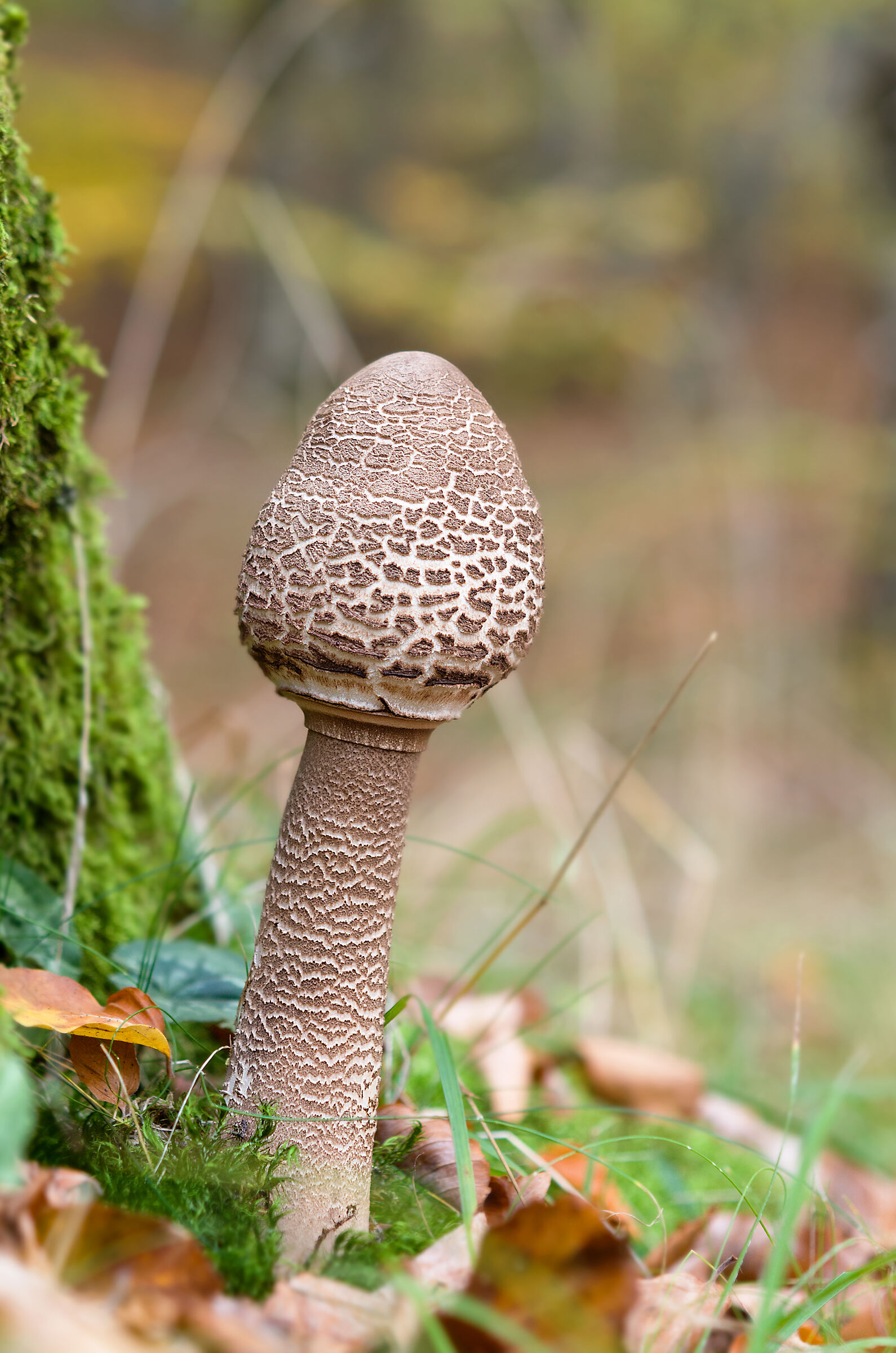
Macrolepiota procera JuzaPhoto
Macrolepiota procera Look-Alikes Macrolepiota procera Taxonomy and Etymology What You Should Know Macrolepiota procera is a spectacularly large, distinctive, pale brownish mushroom that has a scaly cap, white gills, and a pale brownish stem with a snakeskin pattern and ring.

Macrolepiota procera (Scop.) Singer საქართველოს სოკოებისა და ლიქენების ეთნობიოლოგია
What You Should Know Chlorophyllum rhacodes, also known as the shaggy parasol or the shaggy mane mushroom, is a large, edible mushroom. Chlorophyllum rhacodes has a distinctive appearance with a large, umbrella-shaped cap that can reach up to 30cm (12 inches) in diameter when fully mature.
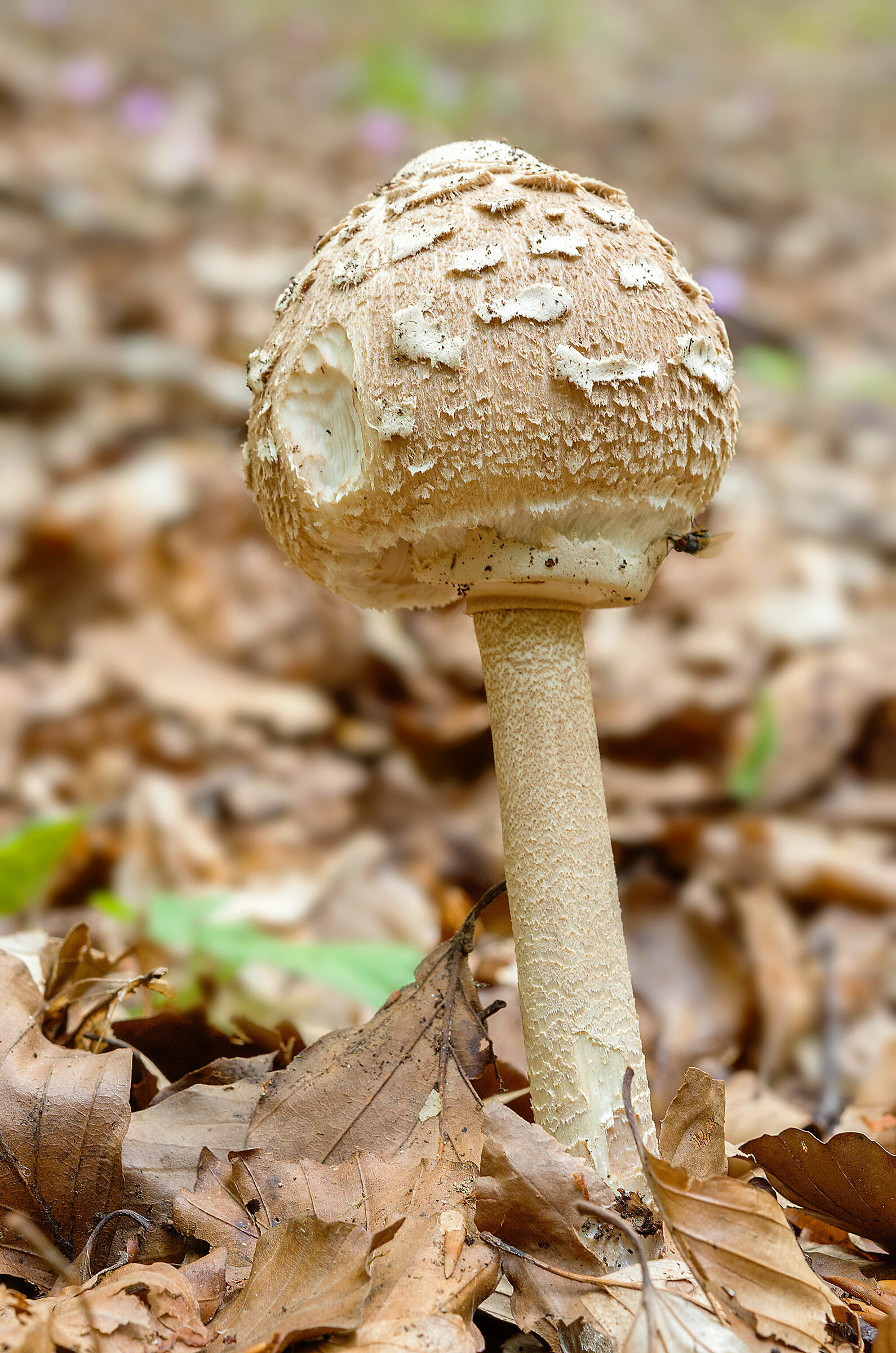
Macrolepiota procera JuzaPhoto
The parasol mushroom ( Macrolepiota procera) is a basidiomycete fungus with a large, prominent fruiting body resembling a parasol. It is a fairly common species on well-drained soils. It is found solitary or in groups and fairy rings in pastures and occasionally in woodland. Globally, it is widespread in temperate regions. Macrolepiota procera 6

Macrolepiota procera The Ultimate Mushroom Guide
Lets take a look at the Parasol Mushroom, a wonderful and delightful edible mushroom to include in our everyday dishes.. Parasol Mushroom (Macrolepiota Procera) Identification By fez on 14/12/2021. Parasol Mushroom / Summer / Autumn / Edible. George Chernilevsky, Public domain, via Wikimedia Commons.

Parasolzwam The parasol mushroom (Macrolepiota procera) is… Flickr
They look incredibly similar to the true Parasol Mushroom ( Macrolepiota procera) and Shaggy Parasol Mushroom ( Chlorophyllum rhacodes ), both of which are excellent edible species. They look very similar to Shaggy Mane mushrooms ( Coprinus comatus), which are an edible species.

Photo Macrolepiota procera
Macrolepiota procera, the Parasol Mushroom, is a choice edible species found on roadside verges, in neglected pastureland and on grassy seaside cliffs in summer and autumn. Distribution Frequent in southern Britain and Ireland, Parasols are less common in northern England and Scotland except for sheltered coastal locations.
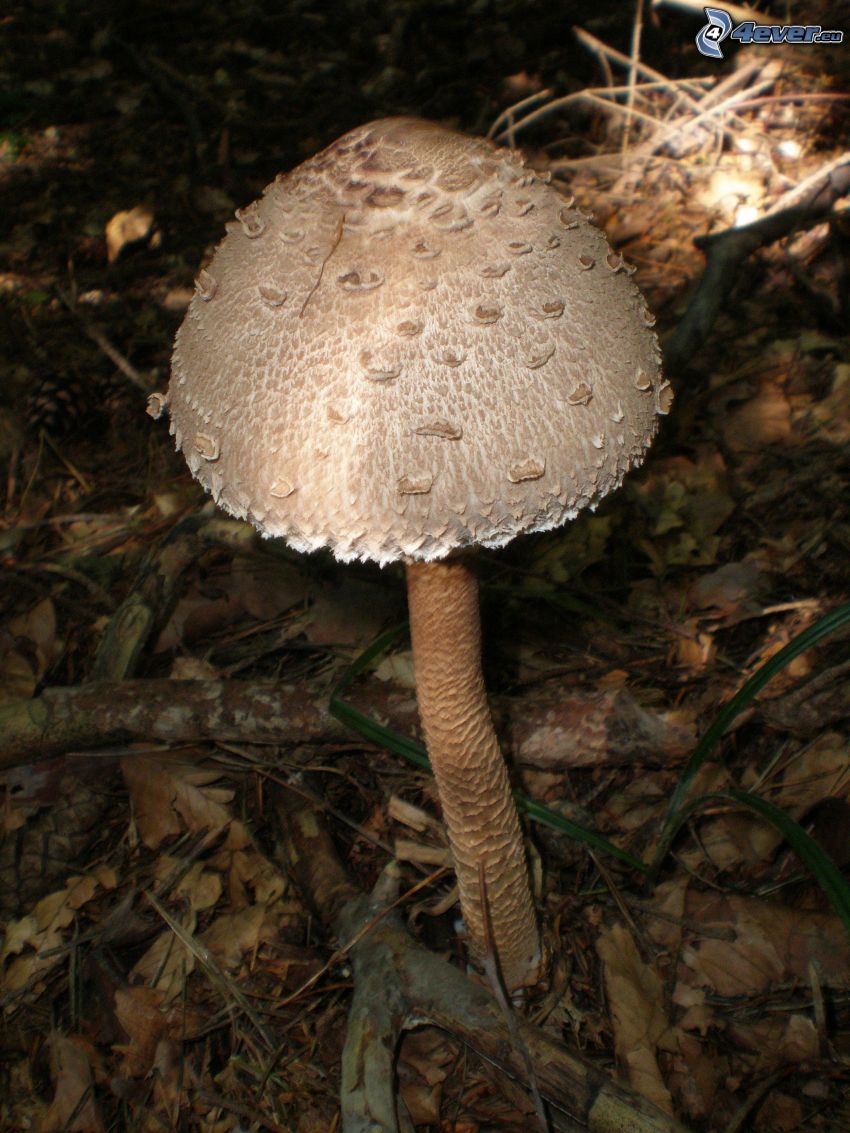
Macrolepiota procera
The Parasol mushroom starts out looking something like a drumstick, before the initially egg-shaped cap opens up to a maximum size of around a foot across (typically between 10-30cm) when fully grown. The stem extends to around 15-30cm and, ranging between 1-3cm in width, it is relatively thin. It is also hollow, fibrous, flecked with brown-to.
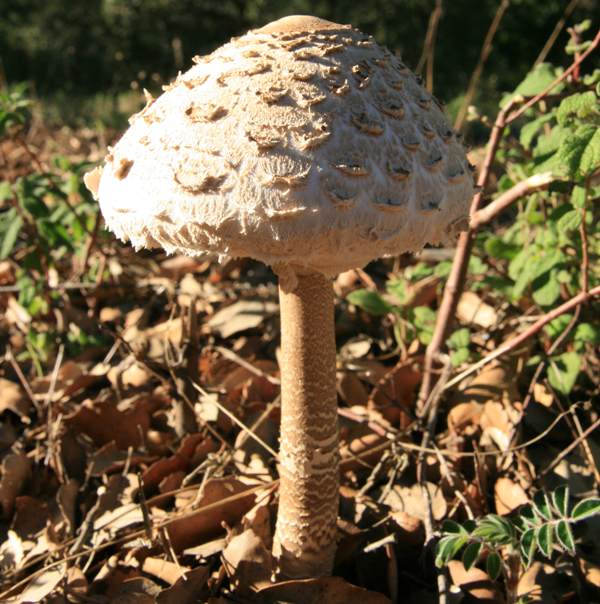
Macrolepiota procera, Parasol Mushroom, identification
Macrolepiota procera, the parasol mushroom, is a basidiomycete fungus with a large, prominent fruiting body resembling a parasol. It is a fairly common species on well-drained soils. It is found solitary or in groups and fairy rings in pastures and occasionally in woodland. Globally, it is widespread in temperate regions . Taxonomy